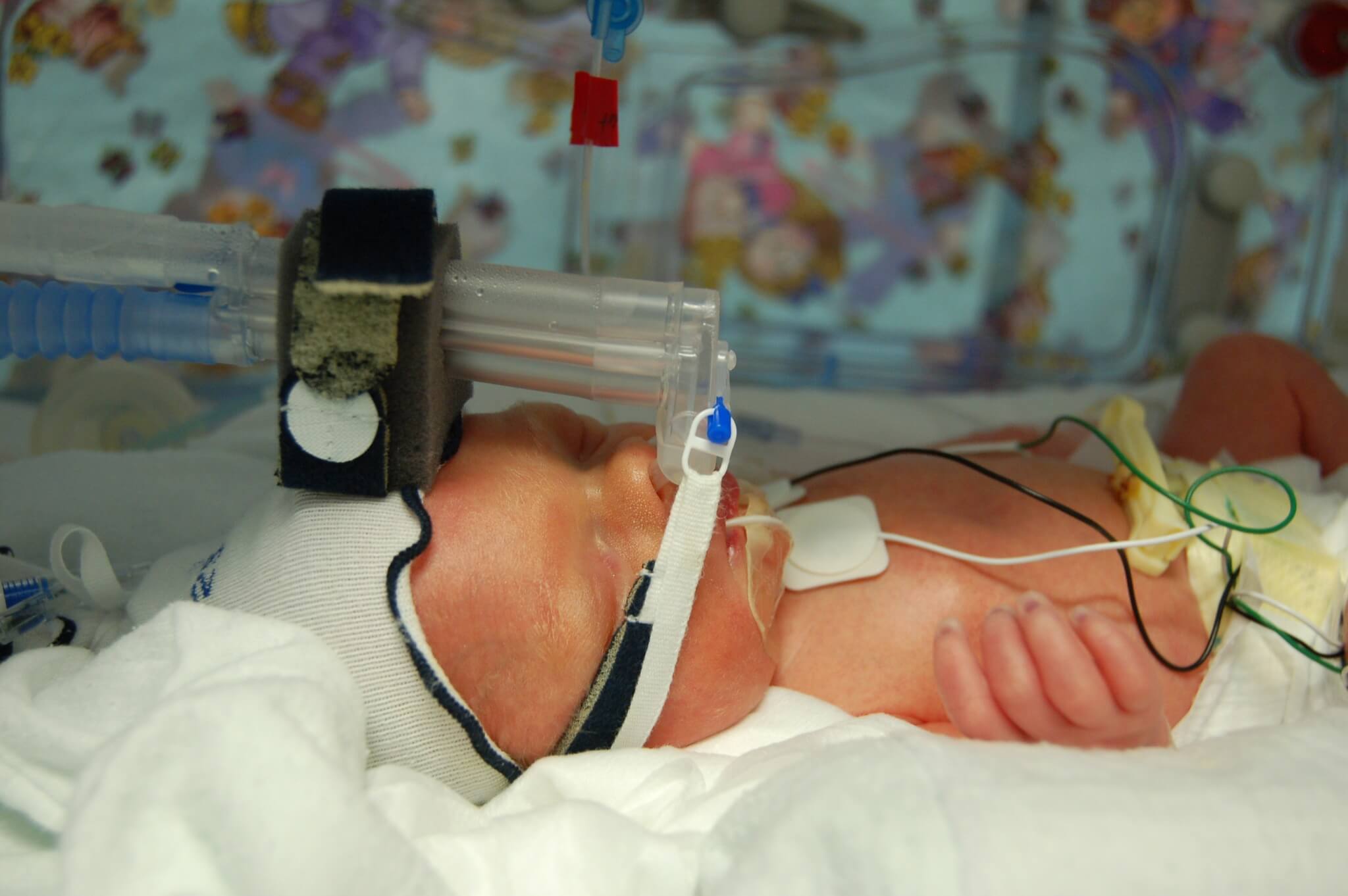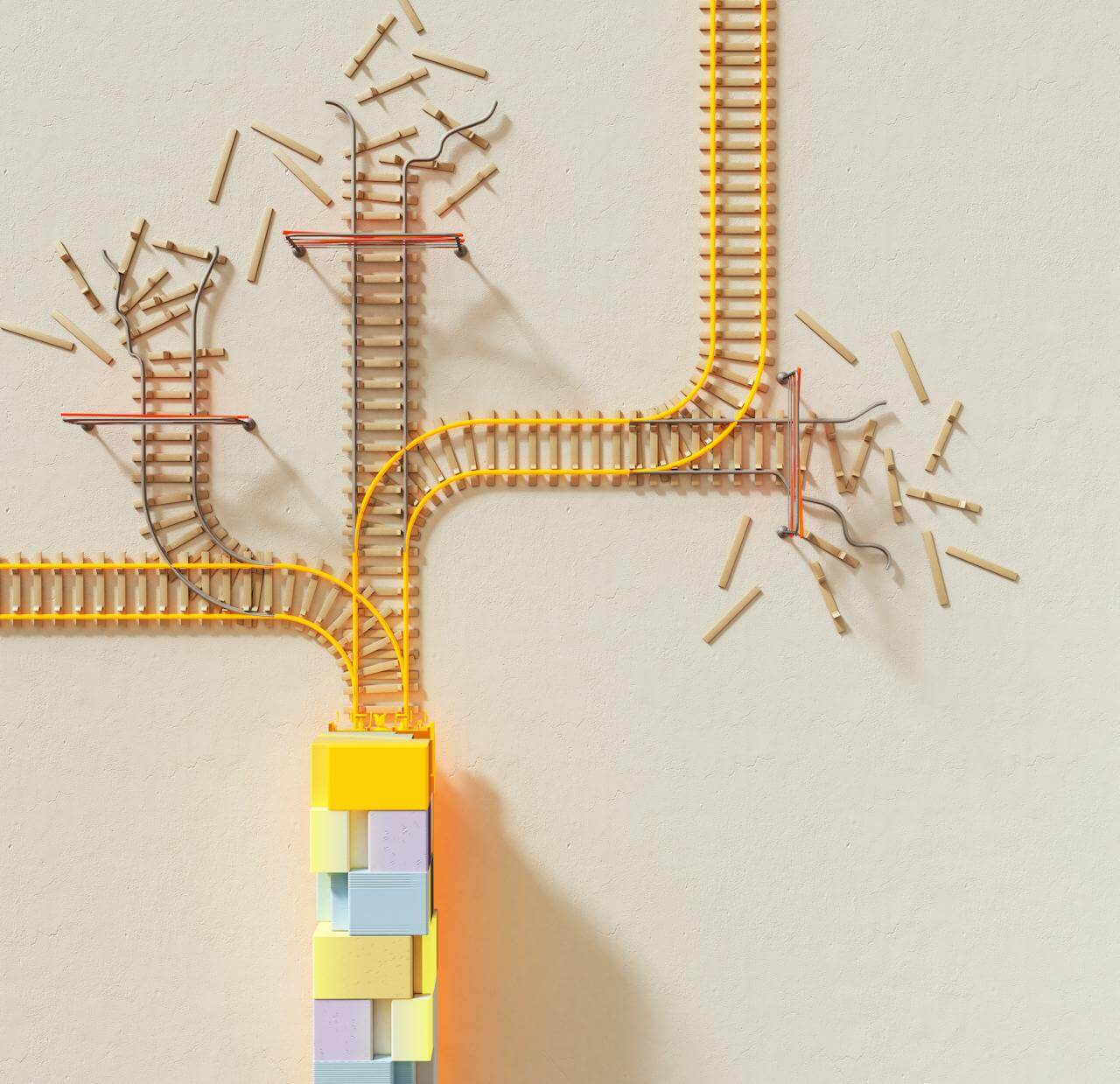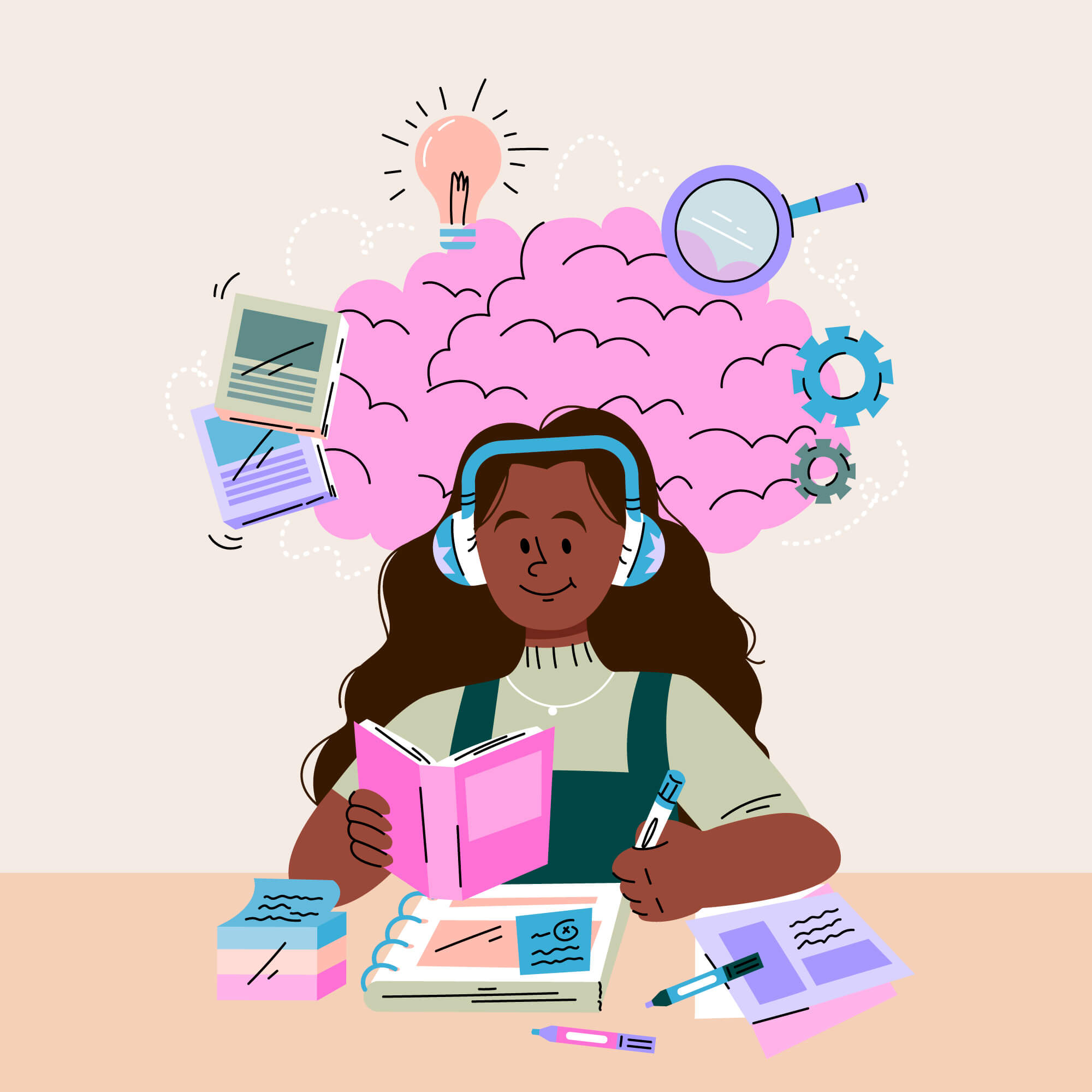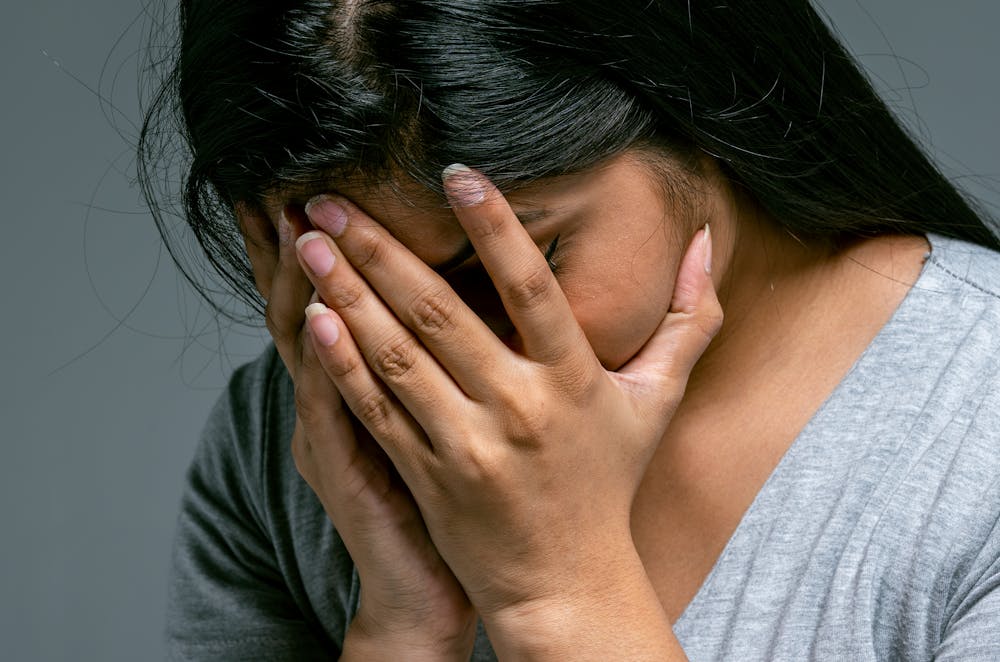Maternal embodiment and the unbearable violence of institutional disbelief.
We were once one body
There is a biological, emotional, and moral reality so fundamental that no policy manual can contain it, and no professional training can domesticate it—my child once lived inside me.
His limbs pressed against my ribs before they ever touched the outside world. His tiny body stirred the rhythm of mine, shaping my posture, sleep, appetite, and mood. The boundary between us was never solid, never fixed. And though birth delivered him into the world, it did not undo our entanglement.
“I exhaled you / into this world / my arms outstretched / and hands grasping after you / as they swept you away baby blue boy.”
The language of medicine often speaks of mother and baby as separate from the start—as if one body simply hosts another, with clean entry and exit. But the truth is more intimate, and far more enduring. Fetal cells remain in maternal blood long after birth; maternal mitochondria cross into the fetal brain and settle into tissues that never fully forget their origin. Even science, which so often seeks precision in fragmentation, confirms the irreducible fact: we remain in each other.
“I could barely breathe / without you in my bones / pressing against my diaphragm.”
To ask a mother to separate from that knowing—her embodied sense of her child’s pain, her deeply attuned alertness to danger, her somatic memory of connection—is to enact a kind of amputation.
Yet this is precisely what institutions do.
They call it objectivity, or neutrality, or professional distance. But it is a forced severing. And it hurts.
“I memorized you / through glass.”
The institutional rejection of maternal truth
When mothers speak of harm—when we say, “He is anxious,” or “She is scared,” or “Something isn’t right”—we are so often met with suspicion. The tone of voice changes. The eyes narrow. The body language shifts into doubt. We are told that we are too close to see clearly, as if closeness were a distortion rather than the source of our clarity. We are asked to defer to those with certifications, degrees, and distance, even when it is our bodies that first recorded the alarm.
And sometimes we are told, quite directly, that we are the problem.
“I try to hide, but my body fails me / lines etching my face / dark hollows spelling out my sleepless nights / and acne saying how sore and broken I feel inside.”
The harm is cumulative: small refusals layered on top of larger denials; subtle blame twisted around our distress. We ask for help, and are told we are overreacting. We document the failures, and are told we are being adversarial. We try to stay composed, and are told we seem fine. We finally break down, and are told we are unstable.
“I fumble with words, feeling unheard / mounting loneliness equivalent to the distance from whom I project and how I feel inside.”
This is more than misunderstanding. It is institutional gaslighting—a systemic form of erasure in which mothers are cast as unreliable narrators of our own children’s pain. And because the body we are narrating once grew within ours, this erasure is not just professional; it is personal. It is a violation of the deep trust and continuous knowing that began in pregnancy and extends, unbroken, into the present.
“Then you grew against my body / home in the sheets and swaying / to music as our hearts beat together.”
The myth of regulated mothers and the silencing of rage
Layered into all this is a performance that mothers are expected to maintain: composed, calm, endlessly patient, grateful for support even when it is late, partial, or performative. We are asked to model regulated behaviour while witnessing our children’s dysregulation, to narrate traumatic school events in the language of strategic collaboration, to smile through tears. Rage, though righteous, is considered unbecoming. Sadness, though appropriate, is treated as suspect.
“Woman on the edge of a nervous breakdown / not sure if I can fake again / if I can make it against the pressure mounting.”
When we cry, it is seen as a failure of coping. When we don’t, it is seen as emotional distance. There is no winning, only contortion. And yet, we keep showing up. We keep writing the emails. We keep holding the grief in our jaw while we pack school lunches, attend meetings, sit in waiting rooms, and watch the same harm repeat. The emotional toll is incalculable—and still we are expected to appear grateful for the system that harms our children.
“Every fucking thing is repeated / is this motherhood, not feeling good?”
“Bending infinity / and feeling emptier / more and more beaten down by my failures.”
But we are not failures. We are mirrors. And our reflection is accurate.
Disregulation as shared experience: The unbearable pressure to disappear
There is an ugly insinuation that mothers cause their children’s dysregulation—especially when those children are autistic, anxious, or traumatised. This is the twisted logic that says a child’s distress escalates in the presence of a parent, not because the parent is the problem, but because the parent is finally a safe place to let it out. Instead of recognising this truth, schools and clinics often interpret it through a behavioural lens that demands separation: send the child in alone, coach the parent out of the room, question the family dynamic.
“At first I was sure / I would find you. / I walked circles, eyeing every place / Then calling, please come out, where are you?”
“Maybe someone had you / yelling down the street / strangers offering to help.”
The desperation in that moment—the frantic circling, the calling into the void, the begging of strangers—encapsulates what many of us live daily. We know something is wrong. We search for a solution. We reach out. But the structures built to help only echo our own panic back to us, framed as pathology.
They call it enmeshment. They call it co-dependence. They miss the point entirely.
Because the truth is: our children’s distress is ours, not because we created it, but because we feel it in our marrow. Their safety is our nervous system’s baseline. Their wellbeing calibrates our own.
“Seconds become hours of unending stress / I feel frozen in this mess / distress. Disembodied, disassociated, disemboweled by this.”
We remain tethered
This is not overidentification. This is not confusion. This is not dysfunction. This is embodiment.
To mother a child is to carry their reality in your body, even after their body is no longer inside yours. It is to remain porous, open, impacted, and bound—not by dependency, but by a form of love that is cellular, historical, and irrefutably real. To ignore that truth is to misunderstand what it means to parent. To deny that truth is to perpetuate harm.
“You grew strong and / so did my trust / that you were made for this world.”
We remain tethered, and that tether is sacred.
It is precisely because we are connected that we see what others miss. It is precisely because we are paying attention that we speak, even when the price is high. And it is precisely because the system demands we disappear that we must remain present—fully, visibly, audibly, emotionally present.
Because the child we once carried is still with us. Because their pain is real. Because our truth deserves to be heard.
And because we were right all along.







